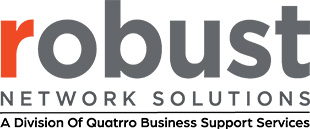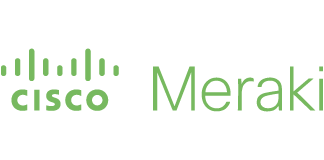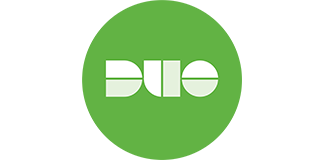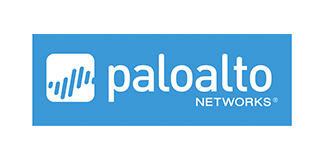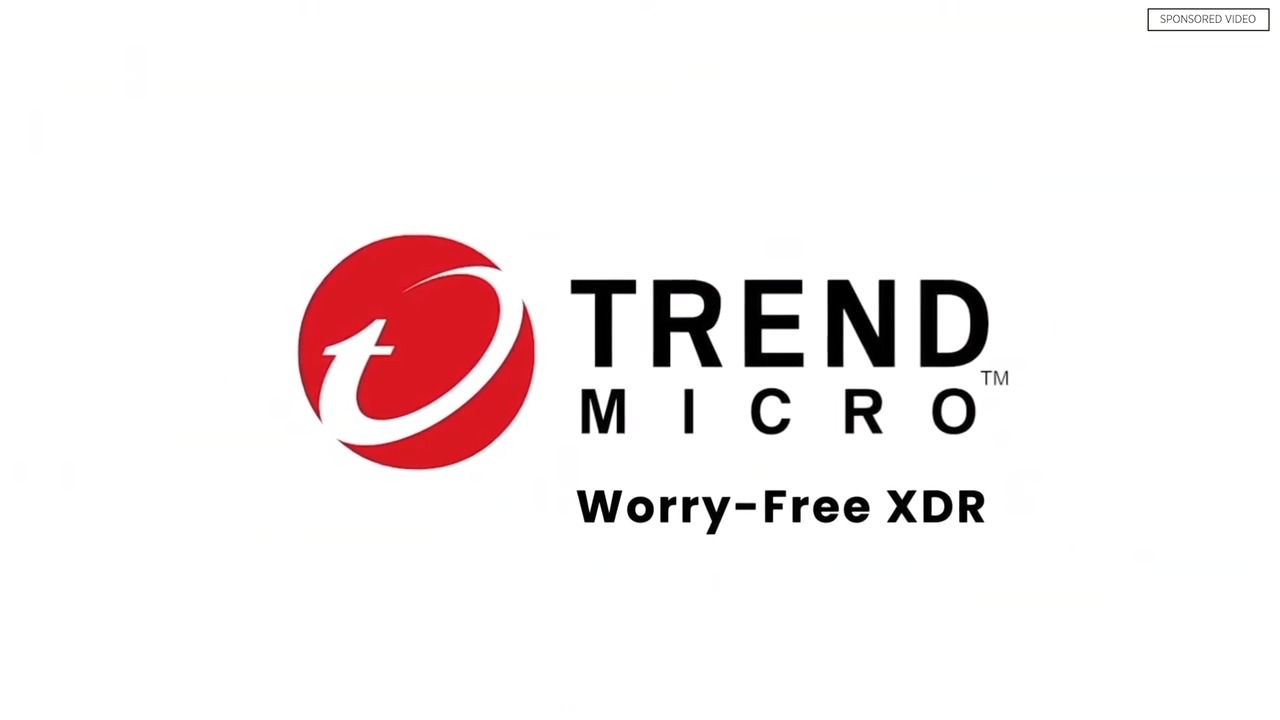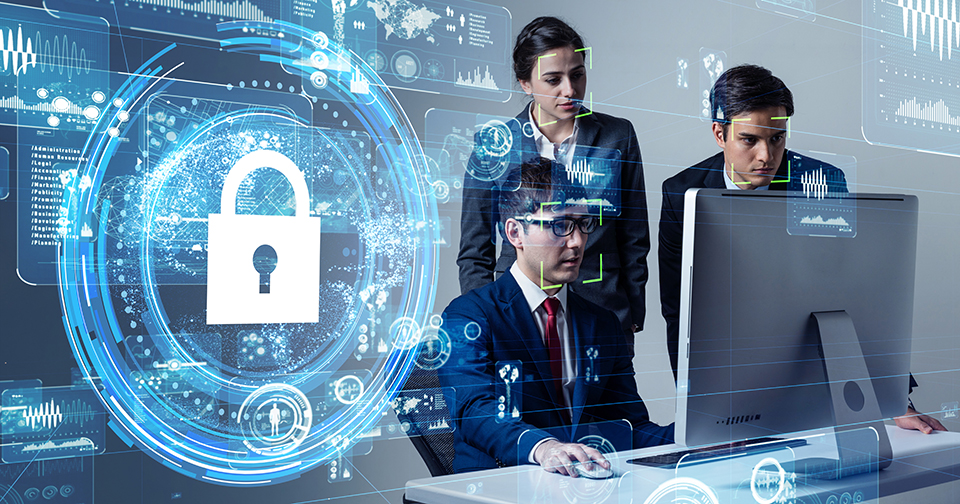
cybersecurity
Cybersecurity is responsible for defending every network and device from unauthorized access or attacks. It also plays a crucial role in protecting sensitive information, company data, or anything that could disrupt normal business operations.
Our cybersecurity measures are designed to safeguard against a range of threats, including malware, ransomware, phishing attacks, and data breaches. These threats can come from various sources, including hackers, malicious software, and even insider threats. Cybersecurity is essential for individuals, businesses, and governments as the increasing reliance on technology have made it easier for attackers to access sensitive information and disrupt critical systems.
As hybrid working and an expectation to seamlessly access applications from any location, network or device becomes the norm, we have never been more interconnected and digitally reliant. As the threat landscape continues to evolve, our comprehensive cybersecurity assessment for clients in the bay area protects businesses of all sizes from an increasing number of threats.
By implementing Robust Network Solutions™, our solution adds a security-first mindset and holistic, systematic solution to protect your entire IT infrastructure.
cybersecurity testing & intrusion prevention
Cybersecurity testing helps teams evaluate their IT infrastructure’s security by simulating an attack on a system to identify vulnerabilities that an attacker could exploit. This is also often referred to as ethical hacking. A complete security audit involves evaluating the overall security of a system, including the effectiveness of security controls, policies, and procedures.
Penetration testing can be critical in identifying and assessing a system’s potential risks and vulnerabilities rather than exploiting them. In addition, vulnerability assessment can scan a system for known vulnerabilities and provide recommendations for addressing them.
Intrusion prevention is another cybersecurity measure that is designed to prevent unauthorized access to a computer system or network. Intrusion prevention systems (IPS) can help security teams detect and block malicious traffic before it can enter a network. They can be configured to alert security personnel or take automated actions, such as blocking traffic or quarantining the source of the attack. Intrusion prevention systems are typically used alongside other security measures, like firewalls and antivirus software, to provide a comprehensive security solution.
It is best to have an external team of security experts to provide this service to prevent conflicts of interest with your IT provider. At robust, we have many reliable partners we can connect you to and work together with to reduce the risks to your business and prevent cyber attackers or hackers from obtaining access to your systems and data.
cybersecurity testing & intrusion prevention
Cybersecurity testing helps teams evaluate their IT infrastructure’s security by simulating an attack on a system to identify vulnerabilities that an attacker could exploit. This is also often referred to as ethical hacking. A complete security audit involves evaluating the overall security of a system, including the effectiveness of security controls, policies, and procedures.
Penetration testing can be critical in identifying and assessing a system’s potential risks and vulnerabilities rather than exploiting them. In addition, vulnerability assessment can scan a system for known vulnerabilities and provide recommendations for addressing them.
Intrusion prevention is another cybersecurity measure that is designed to prevent unauthorized access to a computer system or network. Intrusion prevention systems (IPS) can help security teams detect and block malicious traffic before it can enter a network. They can be configured to alert security personnel or take automated actions, such as blocking traffic or quarantining the source of the attack. Intrusion prevention systems are typically used alongside other security measures, like firewalls and antivirus software, to provide a comprehensive security solution.
It is best to have an external team of security experts to provide this service to prevent conflicts of interest with your IT provider. At robust, we have many reliable partners we can connect you to and work together with to reduce the risks to your business and prevent cyber attackers or hackers from obtaining access to your systems and data.
device protection & management
Device protection and management are essential aspects of cybersecurity that involve protecting devices, such as computers, laptops, smartphones, and tablets, from cyber-attacks and managing the security of these devices to ensure that they are secure and compliant with security policies.
Device management also involves implementing policies and procedures to ensure that devices are configured and used securely. This can include setting up access controls to prevent unauthorized users from accessing devices, installing software updates and patches to fix vulnerabilities, and enforcing policies on using devices, such as prohibiting unsecured Wi-Fi networks.
Adequate device protection and management are essential for individuals and organizations to protect against cyber-attacks and the security and confidentiality of sensitive information. In a digital hybrid working world where employees expect to work from any device and anywhere at any time, a Mobile Device Management (MDM) solution will allow you to track, monitor, and wipe/selectively wipe data on mobile devices of all sorts.
remote monitoring
You are already too late if you first hear about a problem via a support incident. Remote Monitoring and Management (RMM) is the process of monitoring and managing devices and systems remotely, often using software or other technologies. Remote monitoring can monitor many devices and systems, including computers, servers, networks, and security systems, to alert you of issues before your users know anything is wrong.
There are several benefits to remote monitoring, including improved efficiency by monitoring and managing devices and systems from a central location rather than physically visiting each device or system. In addition, remote monitoring helps organizations detect and respond to security threats in real-time, improving overall security. But it can also reduce the need for on-site maintenance and support, resulting in significant cost savings.
Remote monitoring covers your network, security, and essential systems or applications. Network monitoring involves monitoring the performance and availability of a network and its devices, such as routers and switches. Security monitoring involves monitoring for security threats, such as malware and hacking attempts, and taking appropriate actions to prevent or mitigate these threats. Finally, system monitoring involves monitoring the performance and availability of systems, such as servers, to ensure that they are running optimally.
Using these tools saves time and money by catching problems in real-time with alerts so you can intelligently target your attention to where it needs to b. Ultimately, it’s an effective way to improve your organization’s operations’ efficiency, security, and cost-effectiveness.
remote monitoring
You are already too late if you first hear about a problem via a support incident. Remote Monitoring and Management (RMM) is the process of monitoring and managing devices and systems remotely, often using software or other technologies. Remote monitoring can monitor many devices and systems, including computers, servers, networks, and security systems, to alert you of issues before your users know anything is wrong.
There are several benefits to remote monitoring, including improved efficiency by monitoring and managing devices and systems from a central location rather than physically visiting each device or system. In addition, remote monitoring helps organizations detect and respond to security threats in real-time, improving overall security. But it can also reduce the need for on-site maintenance and support, resulting in significant cost savings.
Remote monitoring covers your network, security, and essential systems or applications. Network monitoring involves monitoring the performance and availability of a network and its devices, such as routers and switches. Security monitoring involves monitoring for security threats, such as malware and hacking attempts, and taking appropriate actions to prevent or mitigate these threats. Finally, system monitoring involves monitoring the performance and availability of systems, such as servers, to ensure that they are running optimally.
Using these tools saves time and money by catching problems in real-time with alerts so you can intelligently target your attention to where it needs to b. Ultimately, it’s an effective way to improve your organization’s operations’ efficiency, security, and cost-effectiveness.
